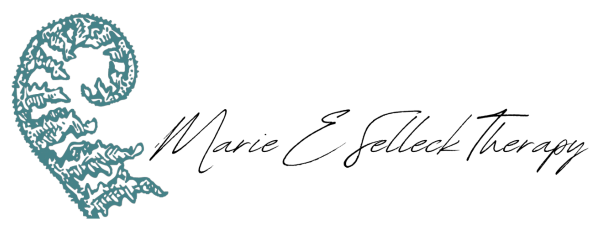Which is better EMDR or Brainspotting?
How Brainspotting was discovered through EMDR
Back in 2003, Dr. David Grand, an EMDR therapist, was doing his usual eye-movement thing with a client. But then, something unexpected happened. He noticed the client's eyes kept “snagging” on a specific spot when talking about a traumatic memory. It was like watching someone's GPS recalculate in real-time. Grand then decided to have the client focus on that spot instead of following the typical EMDR protocol. And boom! Breakthrough city. The client processed their trauma faster and more deeply than ever before. Grand realized he'd stumbled onto something big - a direct line to the brain's trauma processing center. And just like that, Brainspotting was born.
So what’s the deal with Brainspotting?
Imagine finding the sweet spot where your brain stores all that emotional baggage. Now, picture staring at that spot until your mind decides to spill the beans. That's Brainspotting in a nutshell. It's like playing "Where's Waldo?" but the Waldo is your own emotional stuff.
Now, I know EMDR (Eye Movement Desensitization and Reprocessing) has been the golden child of trauma therapy for years. It's got more research papers than a grad student's nightmare. But here's the thing: Brainspotting is the new kid on the block, and it's shaking things up in all the right ways.
Let's break down why Brainspotting MIGHT just be the better choice:
Flexibility is Key- Brainspotting follows your lead, adapting to what works best for you. As someone who likes to be in control, this is music to my ears (not for me, for you). EMDR, on the other hand, is more like following a strict recipe lead by the therapist.
Speed Demon- While EMDR often takes 6-12 sessions to see results, Brainspotting can sometimes produce breakthroughs faster. It's like the difference between a cross-country road trip and taking a direct flight. Both will get you there, but one might save you some time.
Less Physical Side Effects- Ever been on an emotional rollercoaster that also made you physically nauseous? That's EMDR for some people. Brainspotting, while still emotionally intense, skips the physical discomfort. It's more like an emotional bungee jump - scary, but without the motion sickness.
It's All About You- Brainspotting puts you in the driver's seat. It's based on the radical idea that your brain knows best how to heal itself. Brainspotting therapists just “follow the tail of the comet” by letting you lead, and us follow, ground, and support.
The Power of Focus- In our world of constant distractions, there's something powerful about simply focusing on one spot. It's like meditation with a purpose. EMDR's back-and-forth eye movements can feel scattered in comparison.
“Where you look affects how you feel”
-Dr. David Grand
In the end, the best therapy is one that works for YOU!
I'm not saying EMDR is bad. It's helped a lot of people. But Brainspotting? It feels like the next evolution in trauma therapy. It's streamlined, efficient, and puts you in control.
Brainspotting allows for vulnerability in a way that feels more natural and less clinical. It's not about following a strict protocol; it's about trusting your brain's natural ability to heal.
So, if you're looking for a therapy that's efficient, flexible, and puts you in the driver's seat, Brainspotting might just be your ticket to healing. It's like finding that perfect spot on the couch - once you're there, everything just feels right.
In the end, the best therapy is the one that works for you. But if you're asking for my two cents? Brainspotting is where it's at. It's the new frontier of trauma therapy, and it's worth giving a shot.
So go ahead, find your spot, and stare your way to healing. Your brain knows what it's doing. Trust it. And remember, whether you're moving your eyes or finding your spot, you're moving forward. And that's what really matters.


